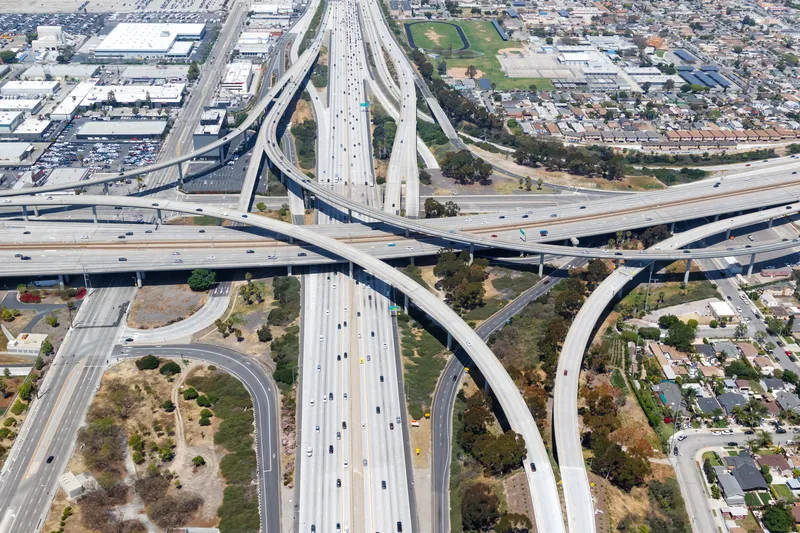Officers working as part of the US Commercial Vehicle Safety Alliance’s (CSVA) Operation Safe Driver pulled over 74,765 during the weeklong enforcement blitz in October, nearly three times the 2012 figure, the group said.
Of those, 29,048 drivers were in trucks or buses, while the rest were in passenger vehicles, CVSA said in a statement on 9 January.
Car drivers were cited or warned for speeding 56 per cent of the time they were pulled over during the enforcement effort, compared with just 7.3 per ce
January 10, 2014
Read time: 2 mins
Officers working as part of the US Commercial Vehicle Safety Alliance’s (CSVA) Operation Safe Driver pulled over 74,765 during the weeklong enforcement blitz in October, nearly three times the 2012 figure, the group said.
Of those, 29,048 drivers were in trucks or buses, while the rest were in passenger vehicles, CVSA said in a statement on 9 January.
Car drivers were cited or warned for speeding 56 per cent of the time they were pulled over during the enforcement effort, compared with just 7.3 per cent of commercial drivers. Speeding was the most common citation or warnings for both classes of driver, followed by failure to use a seat belt and ignoring traffic control devices, CVSA said. The percentage of drivers cited or warned for speeding and seat belt use declined in both driver categories.
“Operation Safe Driver continues to increase its impact each year in targeting problem behaviour by all drivers, whether they drive a passenger car or a CMV, and by taking action on those who need it,” CVSA president Thomas Fuller from the New York State Police said. “We will continue to grow our enforcement and outreach efforts until we can eliminate the driving behaviour that has been shown to cause or contribute to crashes involving large trucks and buses.”
Of those, 29,048 drivers were in trucks or buses, while the rest were in passenger vehicles, CVSA said in a statement on 9 January.
Car drivers were cited or warned for speeding 56 per cent of the time they were pulled over during the enforcement effort, compared with just 7.3 per cent of commercial drivers. Speeding was the most common citation or warnings for both classes of driver, followed by failure to use a seat belt and ignoring traffic control devices, CVSA said. The percentage of drivers cited or warned for speeding and seat belt use declined in both driver categories.
“Operation Safe Driver continues to increase its impact each year in targeting problem behaviour by all drivers, whether they drive a passenger car or a CMV, and by taking action on those who need it,” CVSA president Thomas Fuller from the New York State Police said. “We will continue to grow our enforcement and outreach efforts until we can eliminate the driving behaviour that has been shown to cause or contribute to crashes involving large trucks and buses.”









